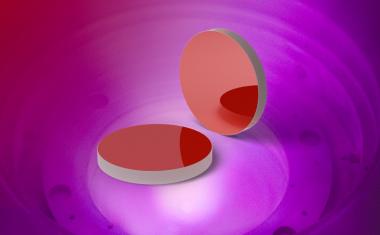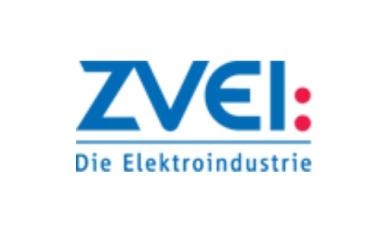Fujitsu plans superconducting quantum computer with 10,000 qubits by 2030
The computer will use 250 logical qubits and be based on the innovative STAR architecture developed for fault-tolerant quantum computing.

Fujitsu has announced the launch of a project to develop a superconducting quantum computer with over 10,000 qubits, supported by Japan's National Institute for Research and Development. Completion is scheduled for fiscal year 2030. The computer will use 250 logical qubits and be based on the innovative STAR architecture developed for fault-tolerant quantum computing. Fujitsu aims to use quantum computing in areas such as materials science to enable complex simulations.
The company will serve as an implementation partner for a NEDO project to improve information and communication infrastructure after 5G. This project will be carried out in collaboration with AIST and RIKEN until 2027. In the long term, Fujitsu plans to develop a machine with 1,000 logical qubits by 2035 that will connect multiple quantum chips.











